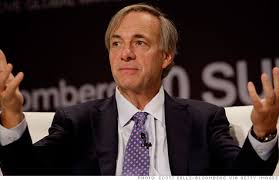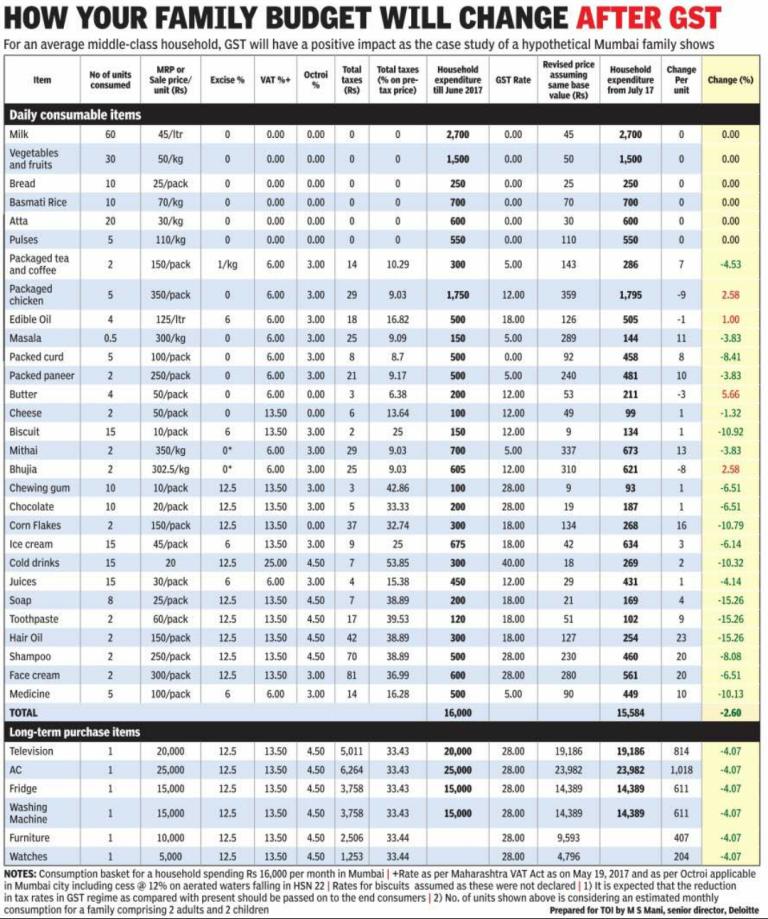Ray Dalio is the founder of BridgeWater, one of the largest hedge funds in the world

What I learnt from him: Discuss your investment ideas with smart folks and ask them to find flaws in it.
From his interview in the Book The Hedge Fund Wizards :
Most school education is a matter of following instructions-remember this; give it back; did you get the right answer?
It teaches you that mistakes are bad instead of teaching you the importance of learning from mistakes.
It doesn’t address how to deal with what you don’t know.
Anyone who has been involved in the markets knows that you can never be absolutely confident.
There is never a trade that you know you are right on. If you approach trading that way, then you will always be looking at where you might be wrong.
You don’t have a false confidence. You value what you don’t know.
In order for me to form an opinion about anything involves a higher threshold than if I were involved in some profession other than trading.
I’m so worried that I may be wrong that I work really hard at putting my ideas out in front of other people for them to shoot down and tell me where I may be wrong.
That process helps me be right.
You have to be both assertive and open-minded at the same time. The markets teach you that you have to be an independent thinker. And any time you are an independent thinker, there is a reasonable chance you are going to be wrong.


